Mercedes EQS SUV vs Volvo XC90 – Differences & prices compared
Both models have their strengths – but which one suits you more?
Compare performance, efficiency, price and space directly: Mercedes EQS SUV or Volvo XC90?
Costs and Efficiency:
When it comes to price and running costs, the biggest differences usually appear. This is often where you see which car fits your budget better in the long run.
Volvo XC90 has a evident advantage in terms of price – it starts at 69800 £, while the Mercedes EQS SUV costs 95000 £. That’s a price difference of around 25210 £.
As for range, the Mercedes EQS SUV performs significantly better – achieving up to 695 km, about 624 km more than the Volvo XC90.
Engine and Performance:
Power, torque and acceleration say a lot about how a car feels on the road. This is where you see which model delivers more driving dynamics.
When it comes to engine power, the Mercedes EQS SUV has a distinct edge – offering 658 HP compared to 455 HP. That’s roughly 203 HP more horsepower.
In acceleration from 0 to 100 km/h, the Mercedes EQS SUV is clearly perceptible quicker – completing the sprint in 4.40 s, while the Volvo XC90 takes 5.40 s. That’s about 1 s faster.
In terms of top speed, the Mercedes EQS SUV performs a bit better – reaching 210 km/h, while the Volvo XC90 tops out at 180 km/h. The difference is around 30 km/h.
There’s also a difference in torque: Mercedes EQS SUV pulls evident stronger with 950 Nm compared to 709 Nm. That’s about 241 Nm difference.
Space and Everyday Use:
Beyond pure performance, interior space and usability matter most in daily life. This is where you see which car is more practical and versatile.
Seats: Volvo XC90 offers distinct more seating capacity – 7 vs 5.
In curb weight, Volvo XC90 is evident lighter – 2080 kg compared to 2695 kg. The difference is around 615 kg.
In terms of boot space, the Mercedes EQS SUV offers significantly more room – 645 L compared to 302 L. That’s a difference of about 343 L.
In maximum load capacity, the Mercedes EQS SUV performs to a small extent better – up to 2100 L, which is about 244 L more than the Volvo XC90.
When it comes to payload, Volvo XC90 to a small extent takes the win – 710 kg compared to 570 kg. That’s a difference of about 140 kg.
Who comes out on top?
Overall, the Mercedes EQS SUV shows itself to be outperforms in nearly all aspects and secures the title of DriveDuel Champion.
It convinces with the more balanced overall package and proves to be the more versatile choice for everyday use.
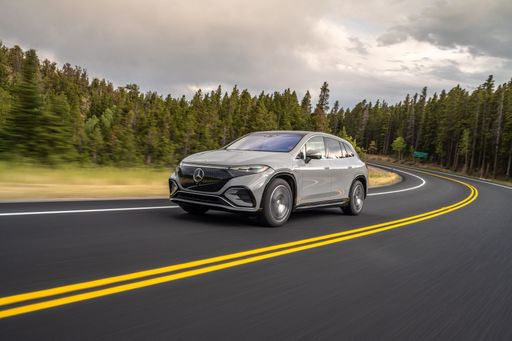
Mercedes EQS SUV
Mercedes EQS SUV
The Mercedes-Benz EQS SUV redefines luxury in the electric vehicle segment with its elegant design and cutting-edge technology. Its spacious interior provides exceptional comfort, featuring high-quality materials and innovative ambient lighting to create a serene driving environment. This SUV impressively combines sustainability with performance, offering a smooth and quiet ride without compromising on power.
details @ group-media.mercedes-benz.com
@ group-media.mercedes-benz.com
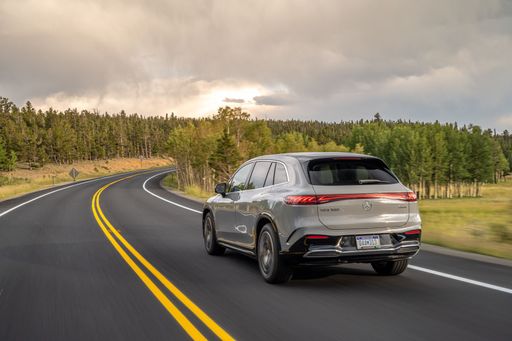 @ group-media.mercedes-benz.com
@ group-media.mercedes-benz.com
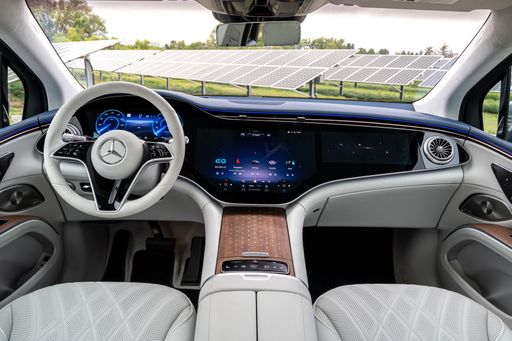 @ group-media.mercedes-benz.com
@ group-media.mercedes-benz.com
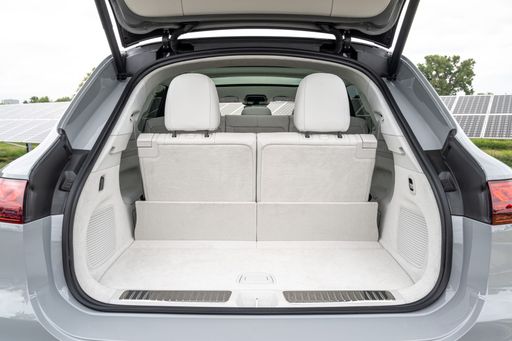 @ group-media.mercedes-benz.com
@ group-media.mercedes-benz.com
Volvo XC90
The Volvo XC90 stands out with its elegant Scandinavian design, seamlessly blending luxury with versatility. Inside, it offers a spacious and meticulously crafted interior, showcasing high-quality materials and advanced technology. The vehicle provides a comfortable and smooth driving experience, making it a popular choice for families and long journeys.
details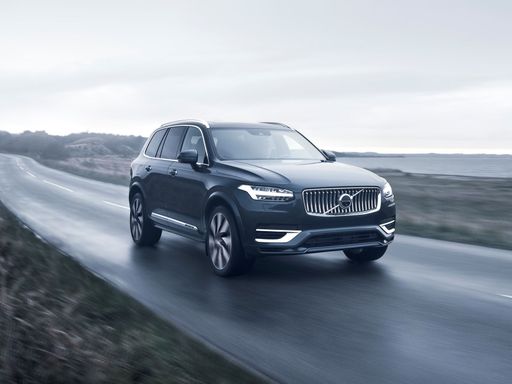 @ media.volvocars.com
@ media.volvocars.com
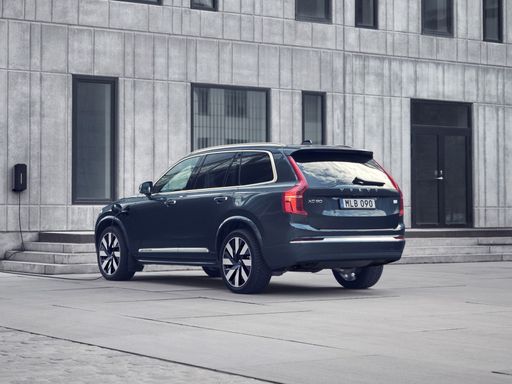 @ media.volvocars.com
@ media.volvocars.com
 @ media.volvocars.com
@ media.volvocars.com
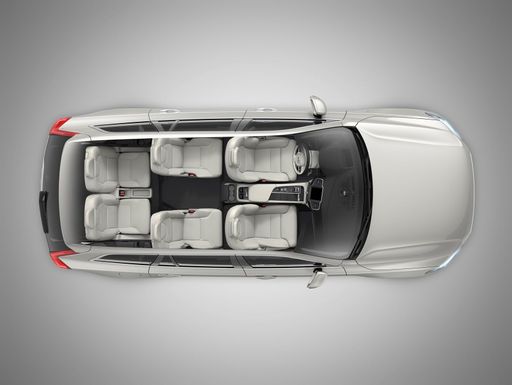 @ media.volvocars.com
@ media.volvocars.com
 @ media.volvocars.com
@ media.volvocars.com

|

|
|
|
|
Costs and Consumption |
|
|---|---|
|
Price
95000 - 212100 £
|
Price
69800 - 84600 £
|
|
Consumption L/100km
-
|
Consumption L/100km
3.5 - 8.5 L
|
|
Consumption kWh/100km
19.6 - 21.9 kWh
|
Consumption kWh/100km
-
|
|
Electric Range
615 - 695 km
|
Electric Range
71 km
|
|
Battery Capacity
108.4 - 118 kWh
|
Battery Capacity
14.70 kWh
|
|
co2
0 g/km
|
co2
79 - 191 g/km
|
|
Fuel tank capacity
-
|
Fuel tank capacity
71 L
|
Dimensions and Body |
|
|---|---|
|
Body Type
SUV
|
Body Type
SUV
|
|
Seats
4 - 5
|
Seats
7
|
|
Doors
5
|
Doors
5
|
|
Curb weight
2695 - 3075 kg
|
Curb weight
2080 - 2297 kg
|
|
Trunk capacity
440 - 645 L
|
Trunk capacity
262 - 302 L
|
|
Length
5125 mm
|
Length
4953 mm
|
|
Width
1959 - 2034 mm
|
Width
1923 mm
|
|
Height
1718 - 1721 mm
|
Height
1771 mm
|
|
Max trunk capacity
2100 L
|
Max trunk capacity
1816 - 1856 L
|
|
Payload
425 - 570 kg
|
Payload
653 - 710 kg
|
Engine and Performance |
|
|---|---|
|
Engine Type
Electric
|
Engine Type
Petrol MHEV, Plugin Hybrid
|
|
Transmission
Automatic
|
Transmission
Automatic
|
|
Transmission Detail
Reduction Gearbox
|
Transmission Detail
Automatic Gearbox
|
|
Drive Type
All-Wheel Drive, Rear-Wheel Drive
|
Drive Type
All-Wheel Drive
|
|
Power HP
360 - 658 HP
|
Power HP
250 - 455 HP
|
|
Acceleration 0-100km/h
4.4 - 6.8 s
|
Acceleration 0-100km/h
5.4 - 7.7 s
|
|
Max Speed
210 km/h
|
Max Speed
180 km/h
|
|
Torque
568 - 950 Nm
|
Torque
360 - 709 Nm
|
|
Number of Cylinders
-
|
Number of Cylinders
4
|
|
Power kW
265 - 484 kW
|
Power kW
184 - 335 kW
|
|
Engine capacity
-
|
Engine capacity
1969 cm3
|
General |
|
|---|---|
|
Model Year
2024
|
Model Year
2024 - 2025
|
|
CO2 Efficiency Class
A
|
CO2 Efficiency Class
G, B
|
|
Brand
Mercedes-Benz
|
Brand
Volvo
|
Is the Mercedes EQS SUV offered with different drivetrains?
The Mercedes EQS SUV is available as All-Wheel Drive or Rear-Wheel Drive.
The prices and data displayed are estimates based on German list prices and may vary by country. This information is not legally binding.
